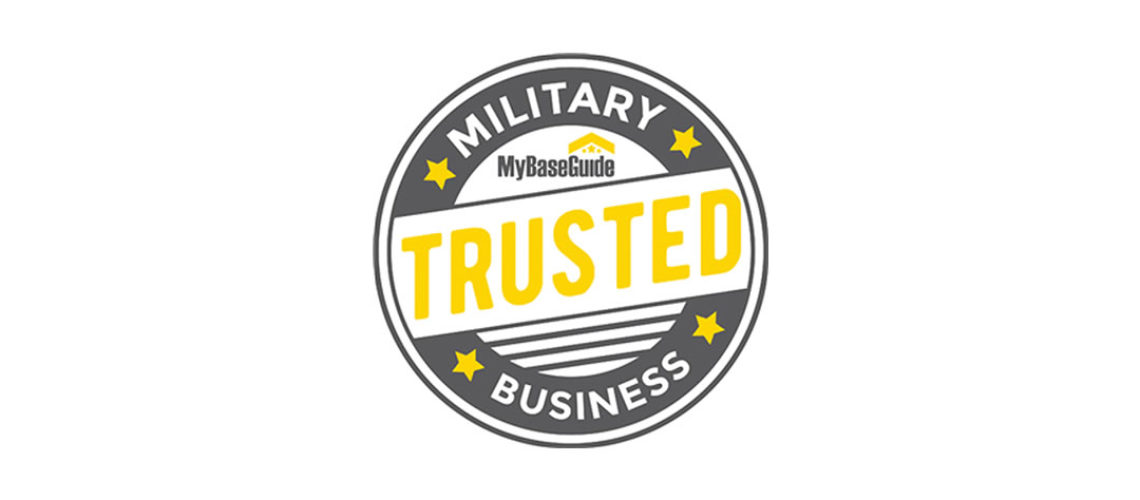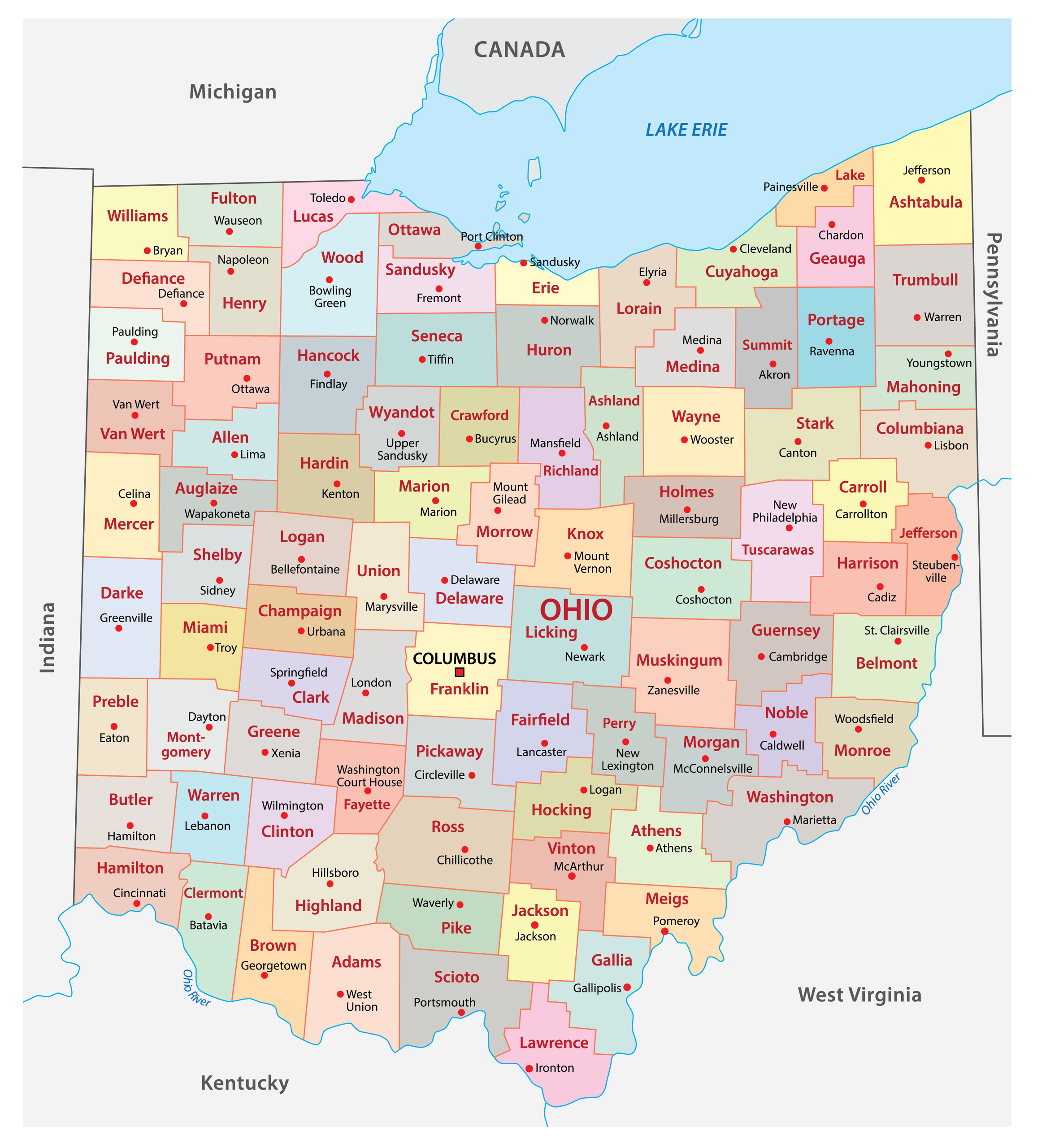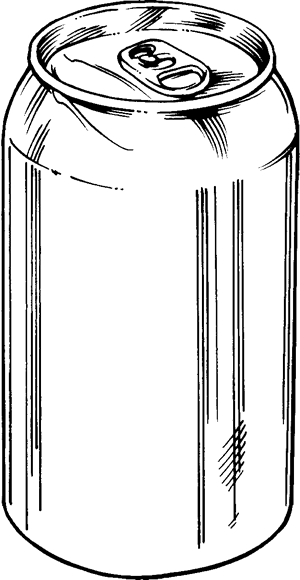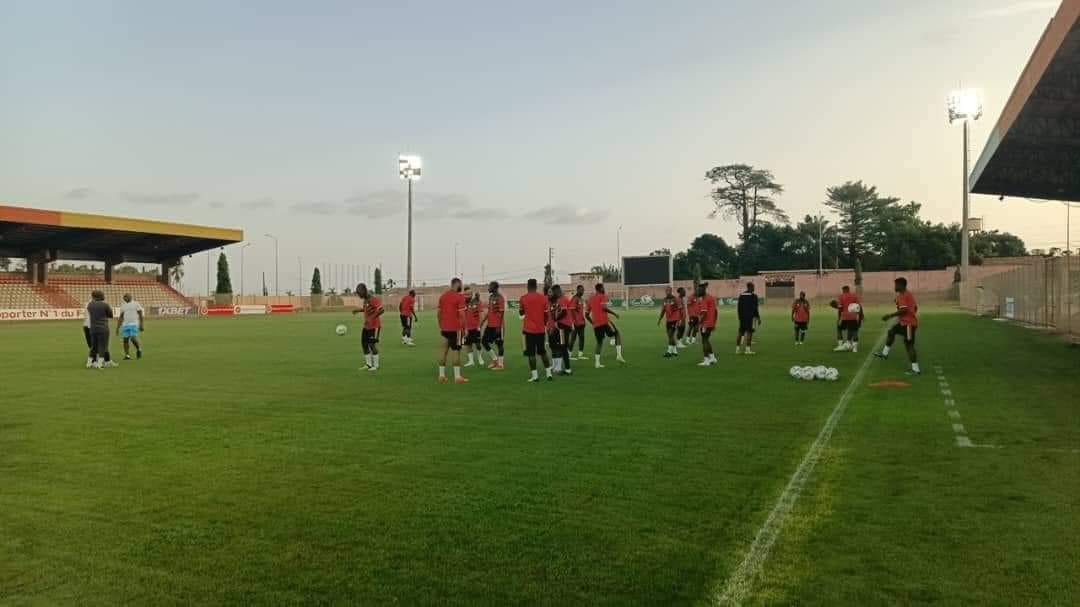Productivity Hacks: Getting Things Done Fast
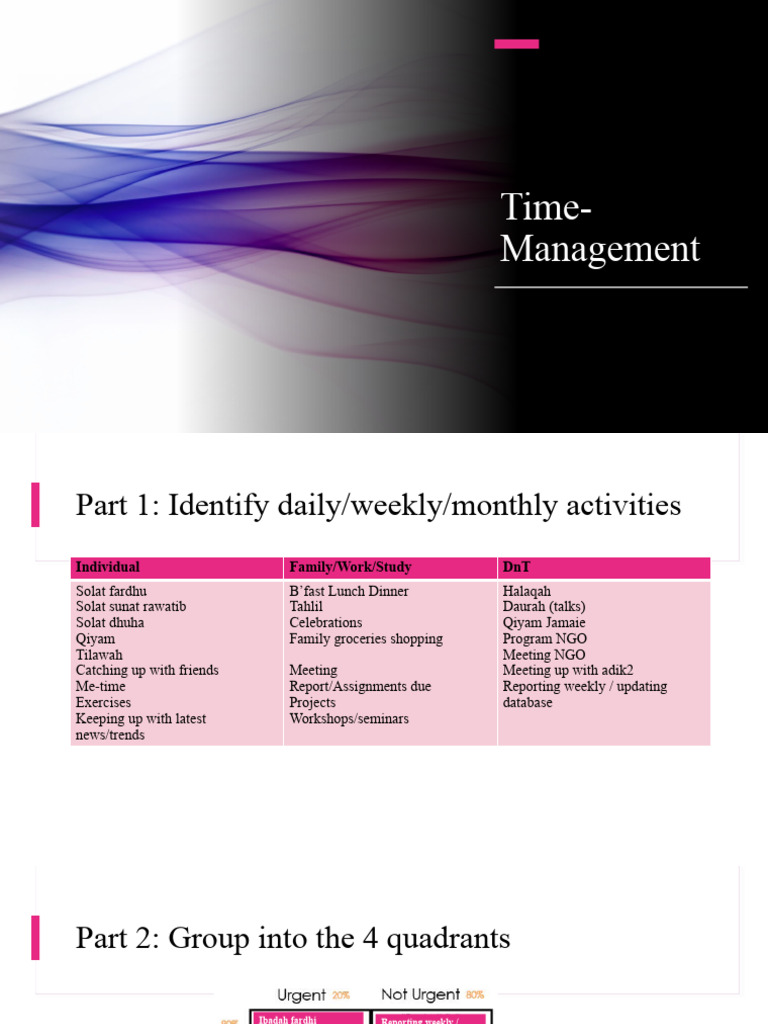
In today's fast-paced world, productivity is a highly sought-after skill. With numerous tasks, projects, and deadlines vying for our attention, finding ways to enhance our productivity has become crucial. This comprehensive guide aims to delve into the realm of productivity hacks, offering expert insights and practical strategies to help you boost your efficiency and get things done faster.
Maximizing Productivity: A Comprehensive Guide
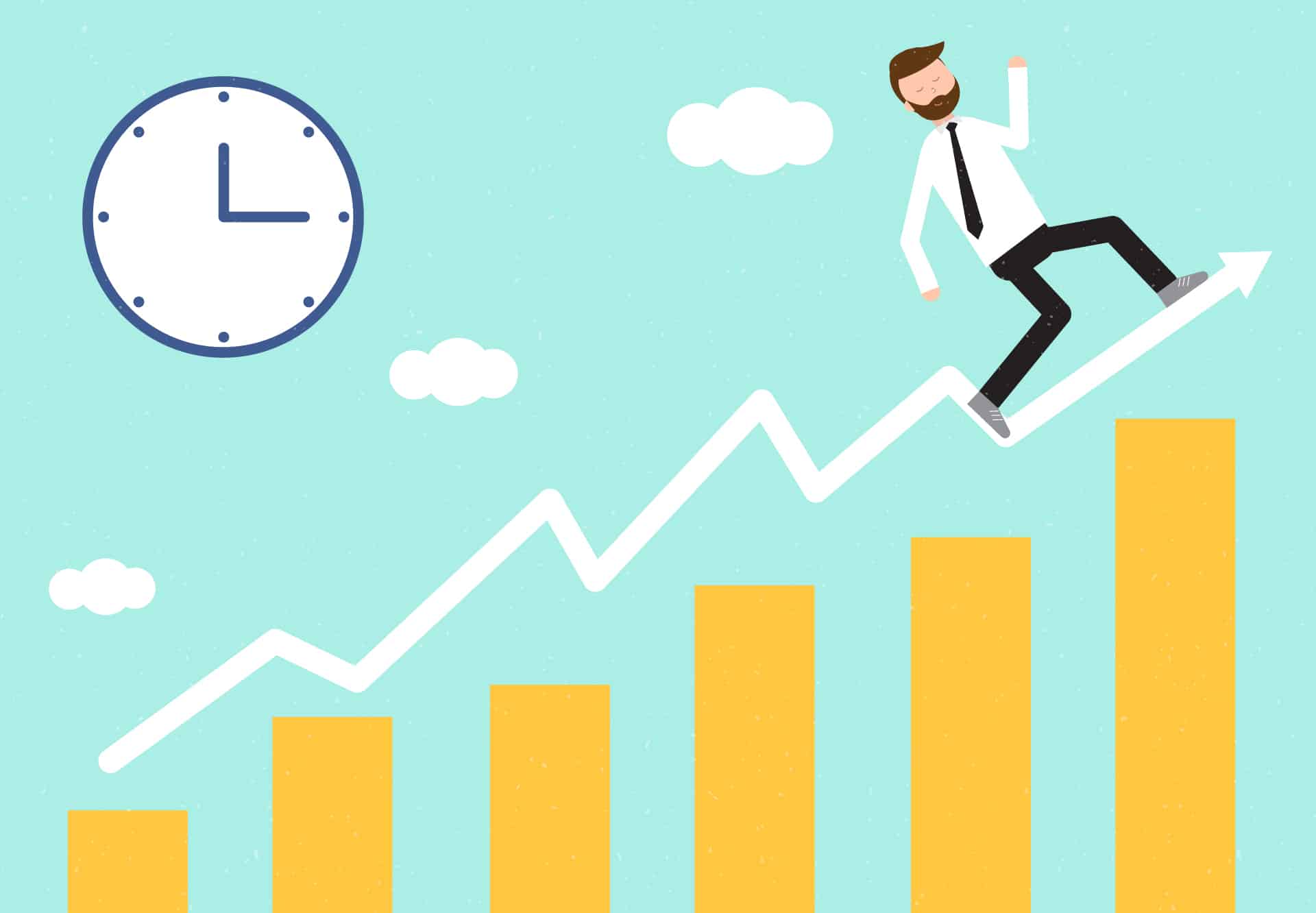
Productivity is not just about working harder; it’s about working smarter. It involves optimizing your time, energy, and focus to accomplish tasks efficiently and effectively. Whether you’re a student tackling assignments, a professional managing multiple projects, or an entrepreneur building a business, these productivity hacks can revolutionize your approach to work.
1. Set Clear Goals and Prioritize
The foundation of productivity lies in setting clear, achievable goals. Start by defining your objectives for the day, week, or month. Break down larger goals into smaller, manageable tasks. Prioritize these tasks based on their urgency, importance, and your available resources. Tools like to-do lists, digital organizers, or even simple sticky notes can help you visualize and organize your goals.
For instance, if you're a project manager, prioritize tasks based on their impact on the project timeline. Assign higher priority to tasks that are critical to meeting deadlines and ensure they receive the necessary focus and resources.
| Task | Priority |
|---|---|
| Research and Development | High |
| Client Communication | Medium |
| Internal Meetings | Low |

2. Time Management Techniques
Efficient time management is key to getting things done fast. Utilize techniques like the Pomodoro Technique, which involves working in focused, uninterrupted blocks of time (typically 25 minutes), followed by short breaks. This technique helps maintain focus and prevents burnout.
Additionally, consider time blocking, where you allocate specific time slots for different tasks or activities. This approach ensures you dedicate adequate time to each task, reducing the risk of procrastination or multitasking.
- 9:00 AM - 10:30 AM: Project Research
- 10:30 AM - 11:00 AM: Break
- 11:00 AM - 1:00 PM: Task Execution
- 1:00 PM - 2:00 PM: Lunch Break
- 2:00 PM - 4:00 PM: Task Review and Refinement
3. Leverage Technology and Tools
In today’s digital age, numerous productivity tools and apps can simplify and streamline your work. From project management software like Asana or Trello to time-tracking apps like Toggl or Harvest, these tools can help you organize tasks, collaborate with team members, and monitor your progress.
Additionally, consider utilizing automation tools to streamline repetitive tasks. For instance, use email automation software to send personalized emails to clients or leads, freeing up your time for more complex tasks.
| Tool | Functionality |
|---|---|
| Asana | Project Management |
| Toggl | Time Tracking |
| Zapier | Automation |
4. Optimize Your Work Environment
Your physical and digital work environments play a significant role in your productivity. Create a workspace that is organized, comfortable, and free from distractions. Ensure you have the necessary tools and resources within easy reach.
Similarly, declutter your digital workspace. Organize your files, emails, and documents into logical folders or use cloud storage services to keep everything accessible and in order. Regularly back up your data to prevent loss or corruption.
- Clean and organize your physical workspace daily.
- Set up a dedicated workspace with ergonomic furniture.
- Use color-coding or labeling systems for easy identification.
- Backup your digital files regularly.
5. Embrace Focus and Minimize Distractions
Distractions are the enemy of productivity. Whether it’s social media notifications, emails, or office chatter, distractions can derail your focus and hinder your progress. Implement strategies to minimize distractions and maintain focus.
Consider using website-blocking apps like Freedom or Cold Turkey to block access to distracting websites during designated work periods. Alternatively, utilize noise-canceling headphones to create a quiet, focused environment.
| Distraction | Solution |
|---|---|
| Social Media | Website-blocking apps |
| Emails | Designate specific times to check and respond |
| Office Chatter | Use noise-canceling headphones |
6. Effective Communication and Collaboration
In a professional setting, effective communication and collaboration are essential for productivity. Clear, concise communication ensures that tasks are understood and executed efficiently. Regular team meetings, whether in-person or virtual, can help align goals, discuss progress, and address any issues or roadblocks.
Utilize collaboration tools like Slack or Microsoft Teams to facilitate real-time communication and knowledge sharing. These platforms allow for quick information exchange, reducing the time spent on email threads or phone calls.
- Schedule regular team meetings to discuss progress and address challenges.
- Use collaboration tools for efficient information sharing.
- Encourage open communication and feedback within the team.
7. Continuous Learning and Self-Improvement
Productivity is not a static state; it requires continuous learning and self-improvement. Stay updated with the latest trends, tools, and techniques in your field. Attend workshops, webinars, or conferences to expand your knowledge and network with like-minded professionals.
Additionally, embrace a growth mindset. View challenges and failures as opportunities for learning and improvement. Seek feedback from colleagues, mentors, or even clients to identify areas for enhancement.
- Attend industry events to network and learn from experts.
- Read books, blogs, or articles related to your field.
- Engage in online courses or certifications.
- Seek feedback and use it constructively.
8. Take Care of Your Well-being
Productivity is closely tied to your physical and mental well-being. Ensure you get adequate rest, maintain a healthy diet, and engage in regular physical activity. Taking care of your body and mind can enhance your focus, energy levels, and overall productivity.
Practice stress management techniques like meditation, deep breathing exercises, or yoga. These practices can help calm your mind, reduce stress, and improve your overall well-being.
- Get 7-9 hours of sleep each night.
- Incorporate physical activity into your daily routine.
- Practice mindfulness or meditation daily.
- Take short breaks throughout the day to recharge.
9. Measure and Analyze Your Productivity
To continuously improve your productivity, it’s essential to measure and analyze your performance. Utilize time-tracking apps or software to monitor how you spend your time. Regularly review your productivity metrics and identify areas where you can optimize your workflow.
Set key performance indicators (KPIs) for yourself or your team. These could include the number of tasks completed, the time taken to complete projects, or the quality of work produced. Regularly assess these KPIs to track your progress and identify areas for improvement.
| KPI | Metric |
|---|---|
| Task Completion | Number of tasks completed per day |
| Project Efficiency | Average time taken to complete projects |
| Quality of Work | Customer satisfaction ratings |
10. Stay Motivated and Avoid Burnout
Maintaining high levels of productivity requires sustained motivation. Find ways to stay motivated, whether through personal goals, rewards, or a sense of purpose in your work. Celebrate your achievements, no matter how small, to boost your morale and keep you driven.
However, it's crucial to avoid burnout. Listen to your body and mind, and recognize the signs of burnout, such as chronic fatigue, decreased productivity, or a lack of interest in your work. Take breaks, practice self-care, and ensure you have a healthy work-life balance.
- Set personal goals and rewards to stay motivated.
- Celebrate your achievements regularly.
- Take breaks and practice relaxation techniques.
- Maintain a healthy work-life balance.
Conclusion: A Productive Journey
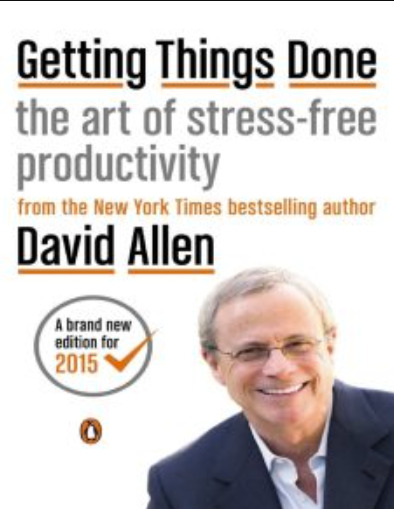
Productivity is a journey, and these hacks provide a roadmap to help you navigate it efficiently. By setting clear goals, managing your time effectively, leveraging technology, optimizing your environment, and prioritizing self-care, you can enhance your productivity and get things done faster.
Remember, productivity is not just about speed; it's about achieving results efficiently and effectively. Embrace these productivity hacks, experiment with different techniques, and find what works best for you. With a focused and organized approach, you can unlock your full potential and achieve remarkable outcomes.
Frequently Asked Questions
How can I prioritize my tasks effectively?
+
Prioritization is a skill that can be honed with practice. Start by evaluating each task’s urgency, importance, and your available resources. Consider using techniques like the Eisenhower Matrix or the ABC prioritization method to categorize tasks based on their impact and time sensitivity. Regularly review and adjust your priorities to ensure you’re focusing on the most critical tasks.
What are some time management techniques for productivity?
+
Time management is crucial for productivity. Techniques like the Pomodoro Technique, time blocking, and prioritization help you allocate your time effectively. The Pomodoro Technique involves working in focused bursts followed by short breaks, while time blocking assigns specific time slots for different tasks. These methods help prevent procrastination and ensure you make the most of your time.
How can I minimize distractions and improve focus?
+
Distractions can be a significant hindrance to productivity. To improve focus, consider using website-blocking apps to limit access to distracting websites during work hours. Set clear boundaries and communicate your focus time to colleagues or family members. Create a dedicated workspace free from distractions, and use noise-canceling headphones or white noise to create a calm environment.
What are some effective collaboration tools for remote teams?
+
For remote teams, effective collaboration tools are essential. Platforms like Slack, Microsoft Teams, or Zoom facilitate real-time communication and knowledge sharing. These tools allow for quick information exchange, file sharing, and virtual meetings, making remote collaboration efficient and productive.
How can I measure and improve my productivity?
+
Measuring productivity is crucial for continuous improvement. Utilize time-tracking apps or software to monitor how you spend your time. Set key performance indicators (KPIs) to track your progress and identify areas for optimization. Regularly review your productivity metrics and make adjustments to your workflow or time management strategies to enhance your efficiency.
